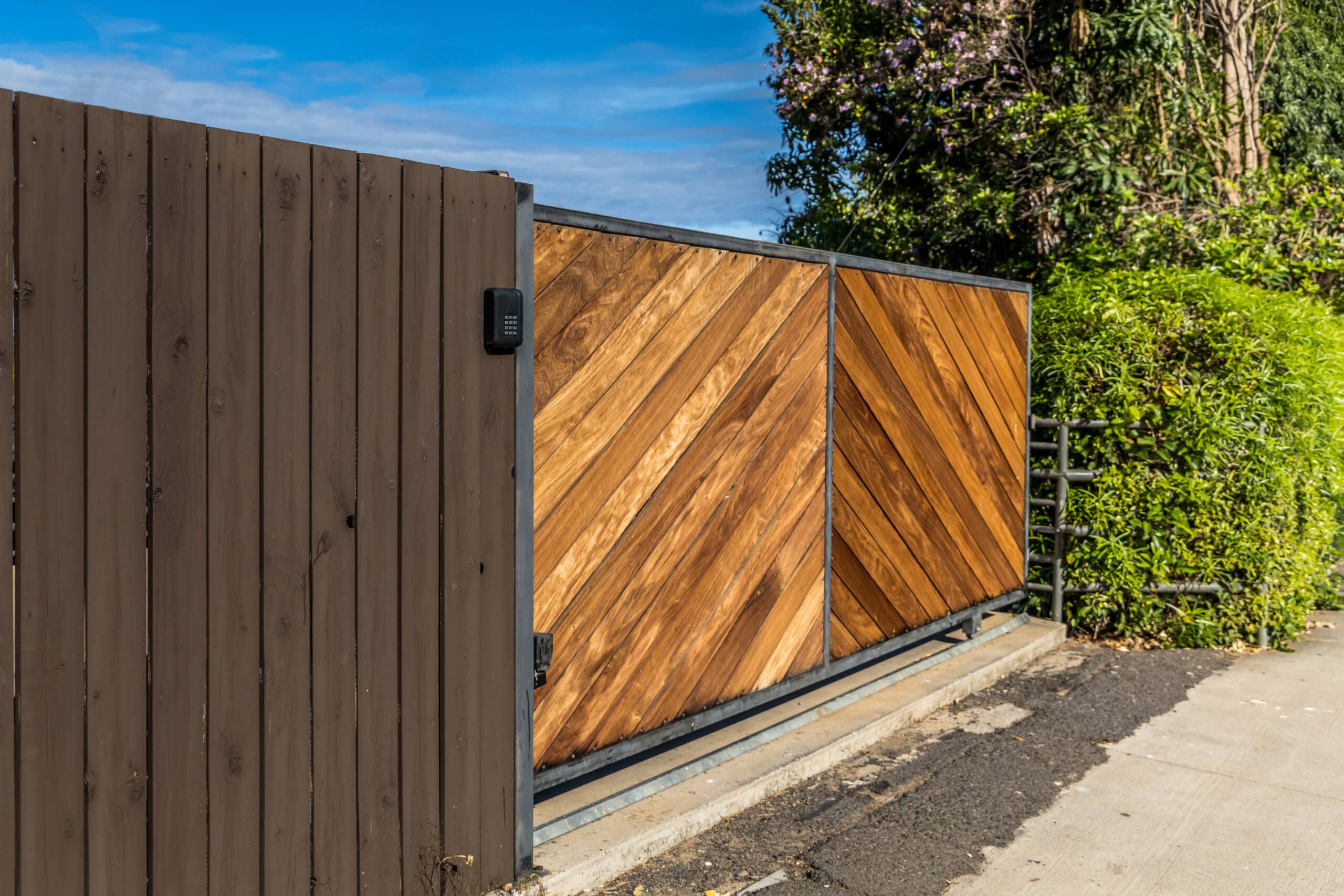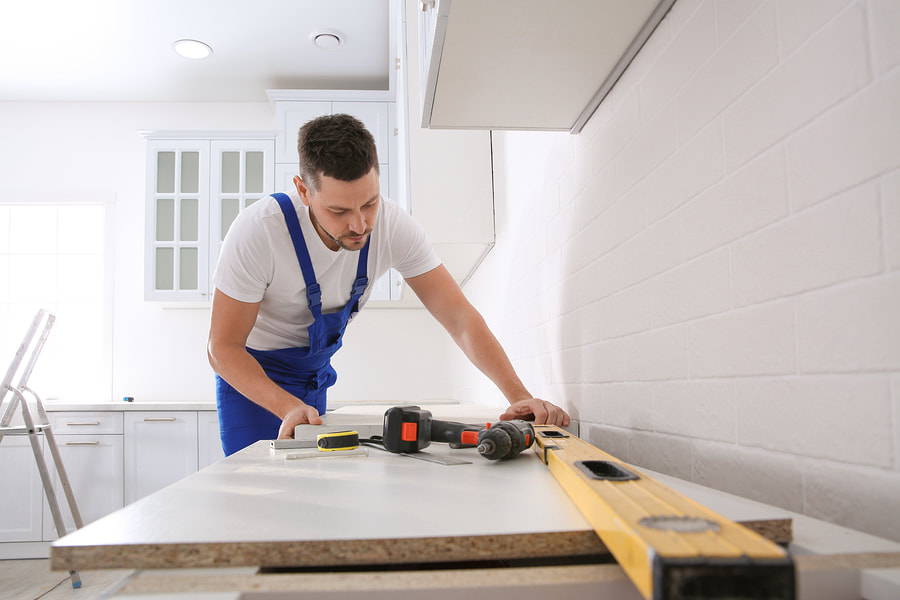
Preparation is Key: Proper Steps for Preparing a Room for Painting
Embarking on an interior painting project can breathe new life into your home and completely transform its aesthetic. However, before you start painting, it’s essential to devote time to proper preparation. Taking the necessary steps to prepare the room ensures a smooth and successful painting process, resulting in a professional-looking finish that lasts.
In this blog, we will guide you through the key steps for preparing a room for painting, providing you with expert advice and insights to help you achieve outstanding results.
Table of Contents
Step #1: Clear and Protect the Space
The first step in preparing a room for painting is to clear out all furniture, decorations, and other items that could hinder your progress. Empty the room, or if that’s not possible, move furniture to the center and cover it with protective sheets or plastic. Use painter’s tape to protect baseboards, trim, and any areas you want to keep paint-free.
Step #2: Repair and Patch Imperfections
Inspect the walls for any imperfections such as holes, cracks, or dents. Fill these gaps using a spackle or joint compound, and smooth the surface with sandpaper once it’s dry. Repairing these imperfections ensures a seamless paint application and a polished final result.
Step #3: Clean the Surfaces
Thoroughly cleaning the walls is crucial to remove dirt, dust, and grease that can affect paint adhesion. Use a mild detergent and warm water to clean the surfaces, and rinse them with clean water to remove any residue. Allow the walls to dry completely before proceeding.
Step #4: Sand and Prime
Sanding the walls helps create a smooth and even surface for paint application. Use a sanding block or sandpaper to gently sand the walls, focusing on rough patches or uneven areas. Once you have finished sanding, use a damp cloth to wipe down the walls and remove any residual dust. Apply a coat of primer to the walls to ensure better paint adhesion, especially if you’re painting over a dark or stained surface.
Step #5: Protect Flooring and Fixtures
Cover the flooring with drop cloths or plastic sheets to protect it from accidental paint spills or splatters. If you’re unable to remove light fixtures, electrical outlets, or switches, use painter’s tape to cover them and protect them from paint drips.
Step #6: Use a Painters’ Caulk
Applying a painter’s caulk along the edges of baseboards, trim, and crown molding helps create a clean and professional-looking finish. The caulk fills any gaps or cracks, providing a seamless transition between the walls and these elements.
Step #7: Final Inspection and Touch-ups
Before starting the actual painting process, conduct a final inspection of the room to ensure all necessary preparations have been completed. Look for any missed imperfections, ensure the surfaces are clean and smooth, and make any necessary touch-ups or repairs.
Conclusion
Proper preparation is the key to achieving a flawless and long-lasting paint job in your interior spaces. By following the essential steps you set the stage for a successful painting process. For professional assistance and expert guidance, consider consulting a reputable painting company specializing in interior painting in Charlotte. They have the expertise and knowledge to handle all aspects of the painting process, ensuring a beautiful and lasting finish that enhances the overall aesthetics of your home.



